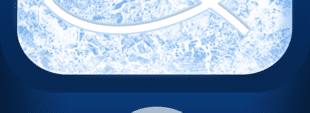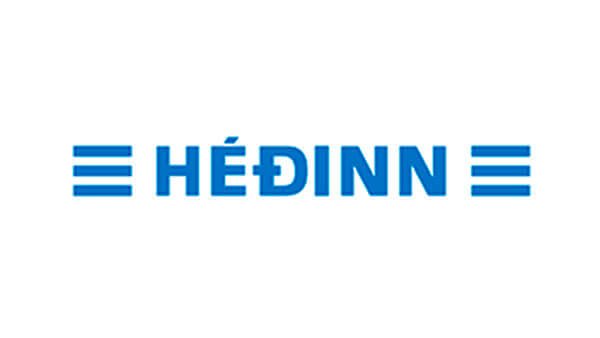In 2013, Matís took over the management and operation of the SAFE Consortium, a European co-operation platform for research institutes in the field of food safety. The participants in SAFE all have in common to emphasize the importance of food safety and the societal benefits that result from research and knowledge building in that field.
SAFE strengthens international relations
Through the collaboration, SAFE's participants will gain a stronger foothold in the international arena and an increased importance in public policy regarding food safety.
"There is a risk that the debate on food safety will be lost in the general debate on health and the environment and will therefore lose its weight as a separate issue. Through our participation in SAFE, important connections are created with stakeholders, international organizations and the university community around the world. Relationships that strengthen our potential to influence the debate on food safety and focus on the importance of long-term research in that field, "says Oddur Már Gunnarsson, Head of Business Development and CEO of SAFE.
"Secure access to sufficient safe food is fundamental to public health and it is important for the industry not to question the safety of the products traded. In this country, it directly affects the export interests and economic situation if our largest export product, fish, is not safe to consume and therefore insecure foods can not only threaten our health and fitness, but also cause market damage. "
Oddur says that the short-term effects of unhealthy foods are usually quickly apparent, but the long-term effects are less well known. Therefore, one of SAFE's goals is to draw attention to the influencing factors in food that can harm people's health slowly and sharply. Together, SAFE's participants place heavier weights on strengthening this issue internationally and creating a deeper knowledge of food safety and the value of research in this field.
As a leading member of SAFE, opportunities are created to have a positive impact on policy in this area, in addition to strengthening Matís' image when it comes to multinational research projects related to food safety.
For further information Oddur Már.
SAFE Consortium website: www.safeconsortium.org/


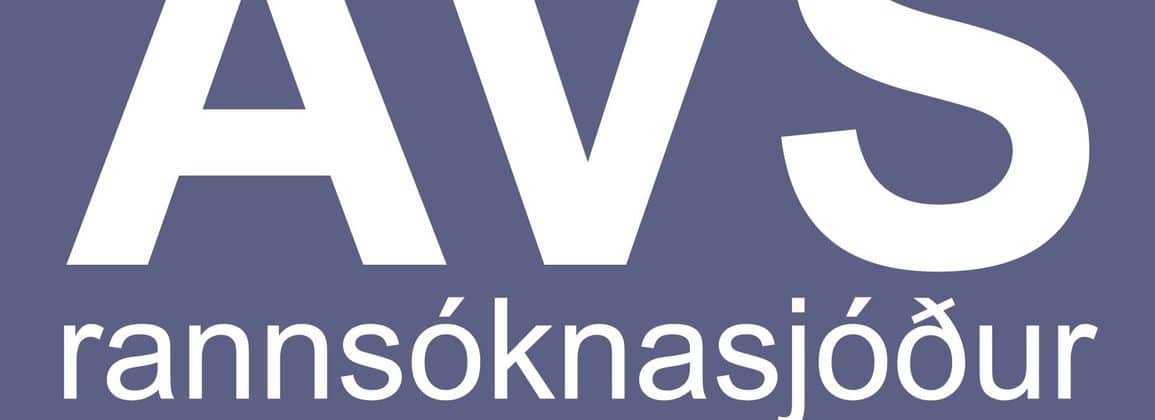

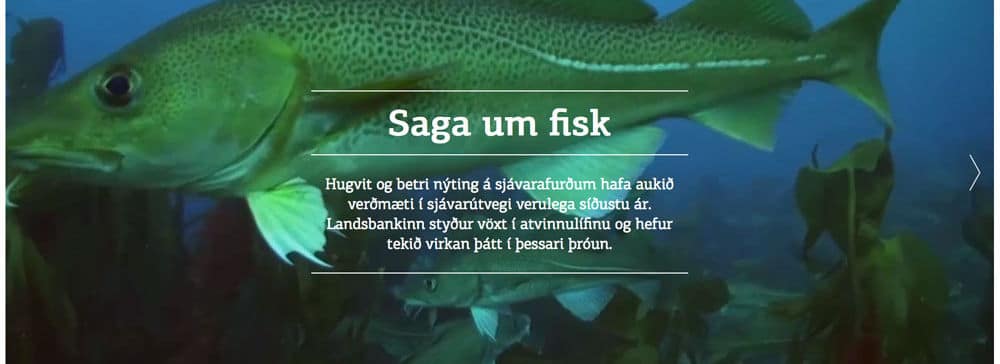
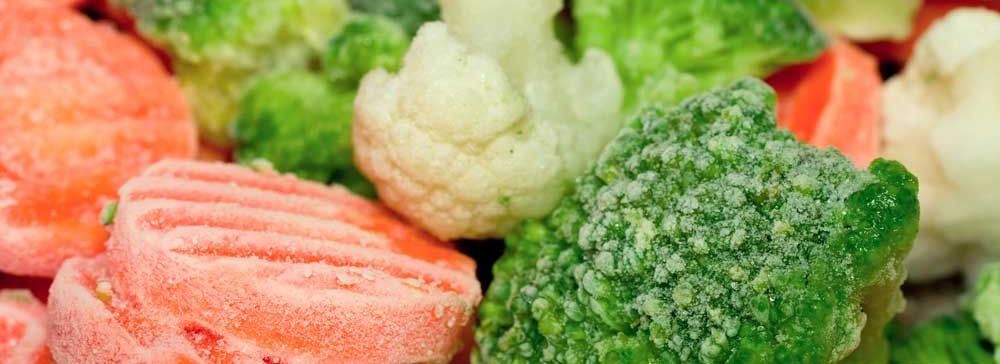
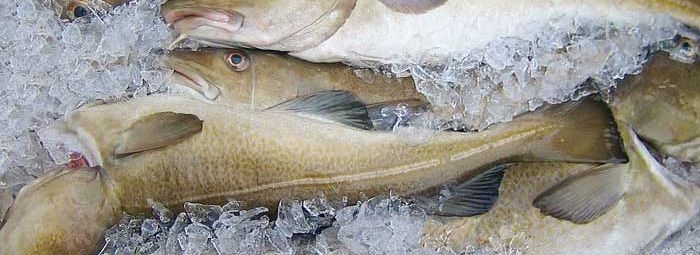
 Benefits of extensive collaboration
Benefits of extensive collaboration


